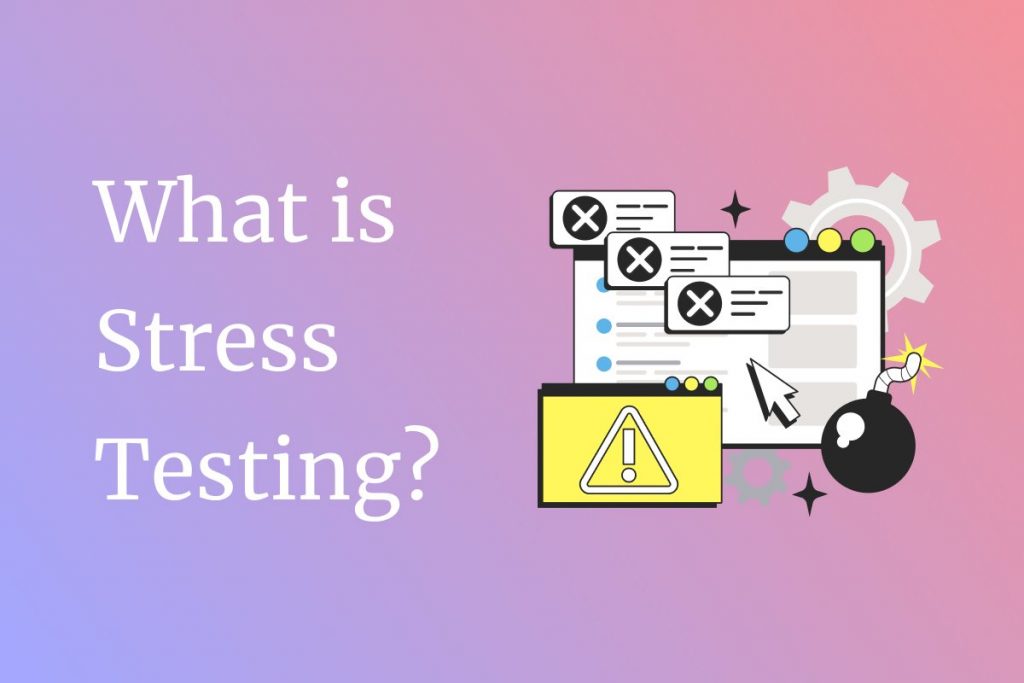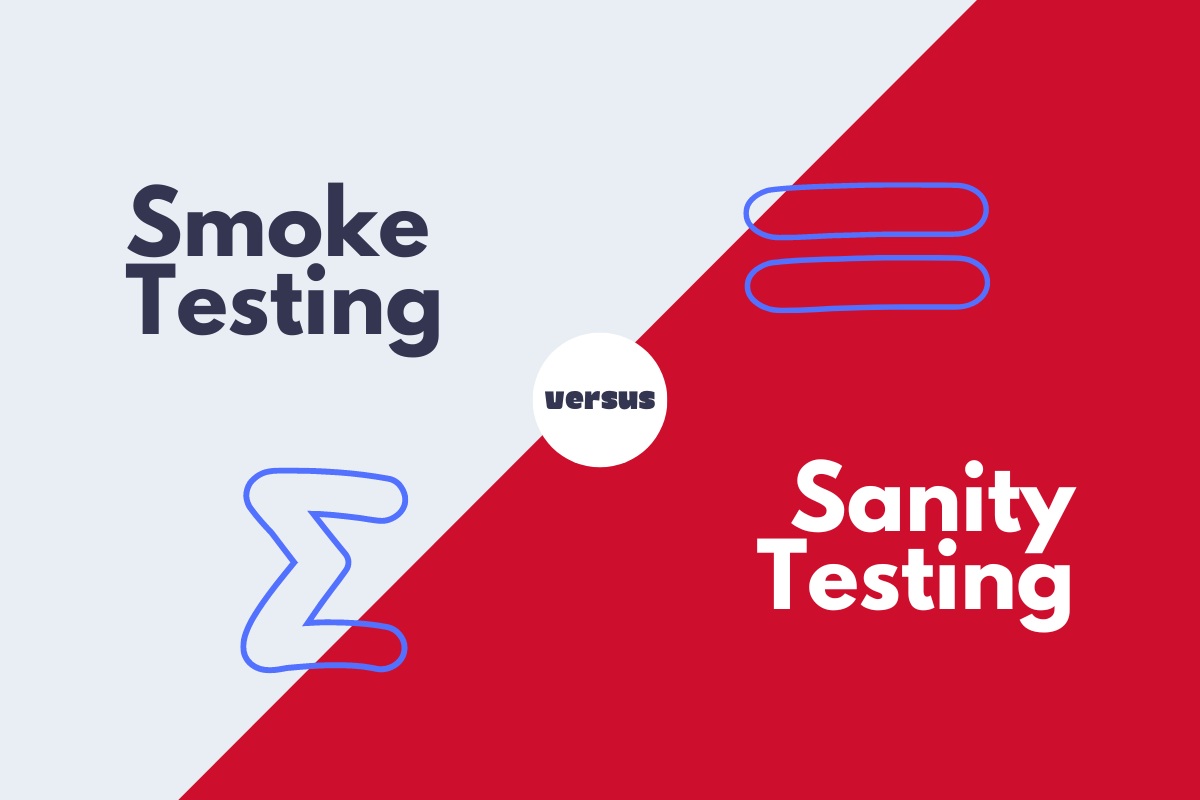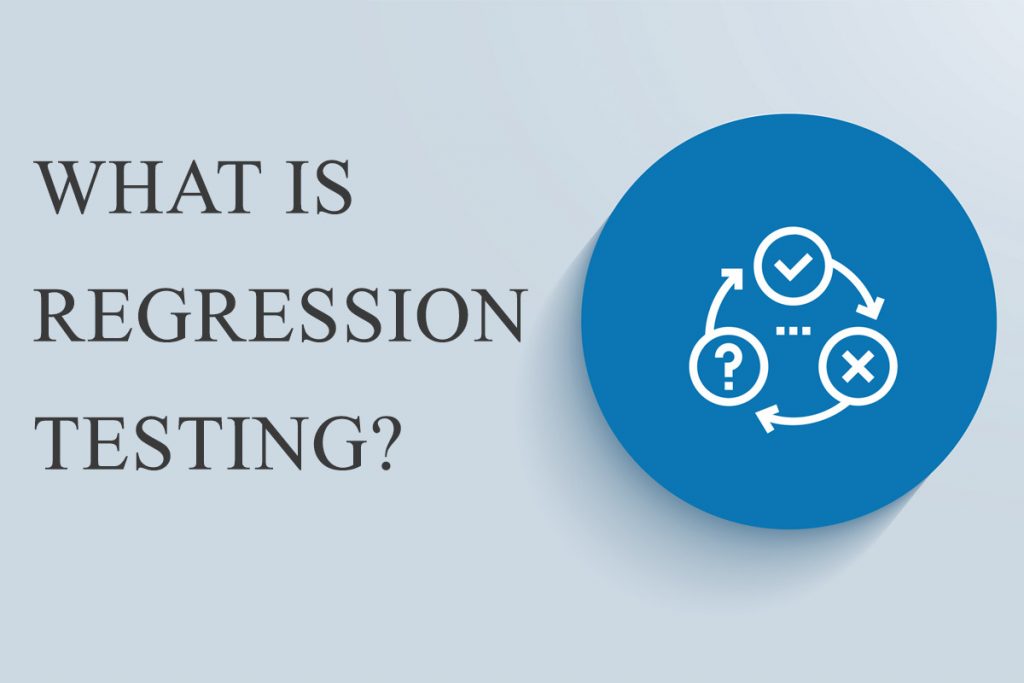In most industries, user experience has proved to be the key to maintaining customer satisfaction. Unexpected loads or errors can happen anytime during peak times. What if a website or an application cannot handle it? It immediately impacts a negative user experience, eventually sending users away. That’s when stress testing comes to the rescue. It shows how a program behaves under extreme conditions and assists developers in determining necessary changes to increase its stability, resulting in a better customer experience.
What is Stress Testing?
Stress testing, a software testing method, assesses reliability and stability to prevent software from crashing or malfunctioning due to excessive usage or stress. It helps evaluate the ability to handle errors and establish software stability even under sudden or extreme load conditions.
Types of Stress Testing
Stress Testing includes five different types:
Distributed Stress Testing
During this process, testers evaluate a server connected to multiple client systems. The main goal is to stress all client systems simultaneously and monitor each client’s server performance status. If one or more clients fail to communicate with the server, an investigation is conducted to debug any potential issues until every problem is resolved.
Application Stress Testing
Put an application under stress to determine any critical performance issues and identify data-related problems such as bottlenecks, data blockages, and locks.
Transactional Stress Testing
It involves applying stress to one or more transactions between two or more applications. This type of testing is performed at a transactional level with a load volume that exceeds the system’s expected capacity. As it primarily deals with inter-component interactions, it proves useful for fine-tuning, optimizing, and identifying error conditions at the specific component level.
Systemic Stress Testing
Subjecting various applications operating on a single system to extreme loads aims to discover any unexpected problems that may occur when different applications impede each other and vie for the system’s resources, such as memory, processor, cycles, disk space, and network bandwidth.
Exploratory Stress Testing
During exploratory stress testing, the software system, application, or its components are exposed to extreme conditions that are unlikely to appear in normal usage. For example, all users can log in to the application concurrently, shut down the database to test the system’s ability to access data or put a large volume of data into the database at once.
Stress testing vs. Load testing: what are the differences?
Stress testing and load testing are both types of performance testing used to evaluate a system’s behavior under specific conditions. Both types of testing are crucial for ensuring a system’s performance and reliability, but they serve different purposes and provide different insights into the system’s capabilities.
| Stress Testing | Load Testing |
|---|---|
| Objective: Focuses on assessing stability and behavior under extreme conditions. | Objective: Focuses on assessing performance under expected load conditions. |
| Tests beyond the anticipated peak load to the point of failure. | Tests up to the anticipated peak load. |
| Outcome: Identifies how and when the system will fail and its ability to recover. | Outcome: Identifies performance bottlenecks and ensures the system can handle expected traffic. |
| Scenario: Simulates abnormal and extreme user behavior and conditions. | Scenario: Simulates realistic user behavior and load. |
How to Perform a Stress Test?
These are a few steps recommended by testers that you need to keep in mind for running a stress test:
- Start with the testing environment: For the stress test, all necessary identification is needed for software, hardware, tools, and network configurations, and the test environment also needs preparation.
- Prepare and provide the metrics and criteria used to measure performance acceptance: In addition to sorting and recognizing the metrics to see how the system works under stress, you must also set the success criteria by identifying the maximal load for the system to either pass or fail the stress test.
- Planning and designing: Create a plan, design, and identify test case scenarios.
- Configuring test environment: Prepare the environment by gathering the necessary tools and resources while making other components available for testing.
- Carryout stress test design: Develop and implement a stress test design that matches the industry’s best practices.
- Execute the stress tests: Perform the necessary tests and follow up to check on them. Collect and confirm the test data and results.
- Analyze the results: Provide the stress test results. The test is considered complete for a specific scenario and configuration when all the metrics are within acceptable limits, no thresholds have been exceeded, and all the necessary data has been gathered.
Examples of stress testing
Testers often create different stress-testing scenarios to assess software robustness and debug issues thoroughly. Some common stress tests can be mentioned:
- The system’s behavior observation shows how the system handles multiple logins when the greatest number of users have logged in concurrently.
- Examine the system’s feedback when all users are executing critical operations at the same time.
- Track any possible system issues when all users are accessing the same file.
- Analyze how the system responds during a database server shutdown, server crash in the server park, or any other hardware issues.
Metrics Used in Stress Testing
While running stress tests, specific metrics, which were identified and selected before, are used to measure the performance of an application. The most common metrics include:
- Average transaction response time: Average time the application needs to perform transactions per second.
- Total transactions per second: The entire number of passed, failed, or stopped transactions.
- Response time: The total time is taken to send and receive a response to the request under load.
- Error rate: Percentage of all the requests that result in an error.
- Hits per second: The number of HTTP requests that users send to the server per second.
These are just a few typical metrics used during stress testing that you can consider. Many other metrics can be applied to the process depending on the application’s specific requirements.
The final verdict
A stress test not only tests the system’s performance under stress but also its ability to revert to its normal stage. This subdivision under performance testing forms an essential process while determining the usability and user experience aspect of any particular system, software, or application. Executing stress testing can eliminate possible issues before the application is made available to the users and ensure user experience even during peak user traffic.
Therefore, if you are considering applying stress testing in your system but are not confident doing it on your own, let the experts from SHIFT ASIA help you through the process of implementing stress testing by accessing your QA strategy and modifying it to fit, making sure that your application always performs boldly and strongly under any stress.
ContactContact
Stay in touch with Us





